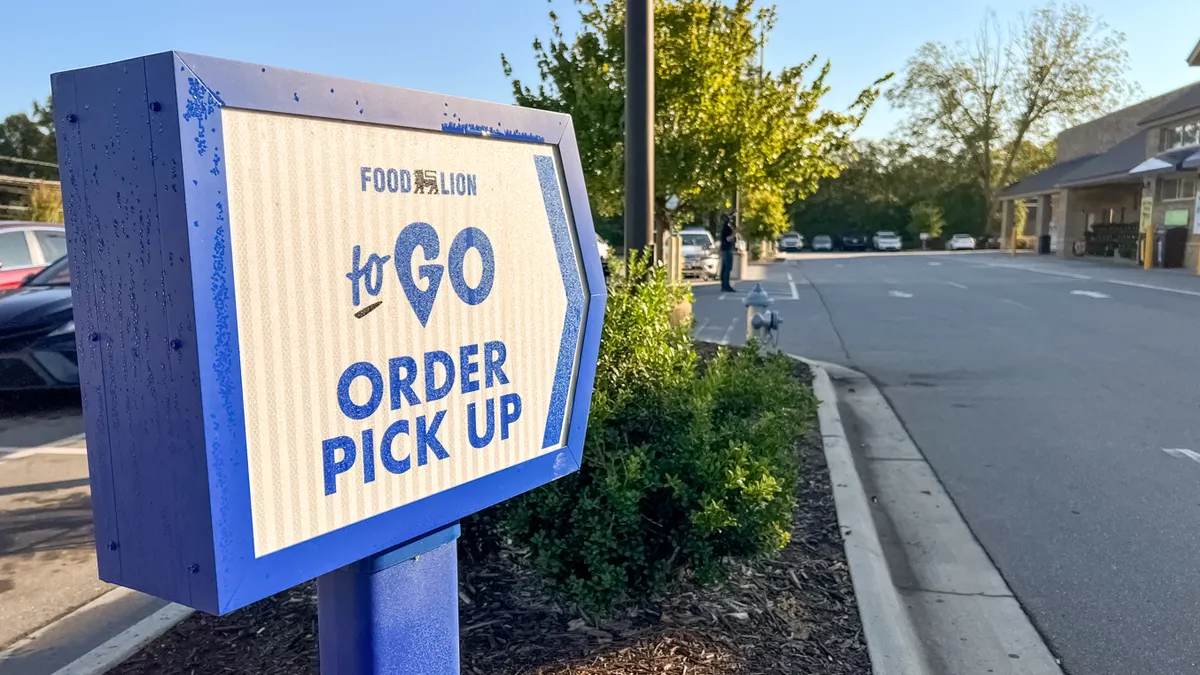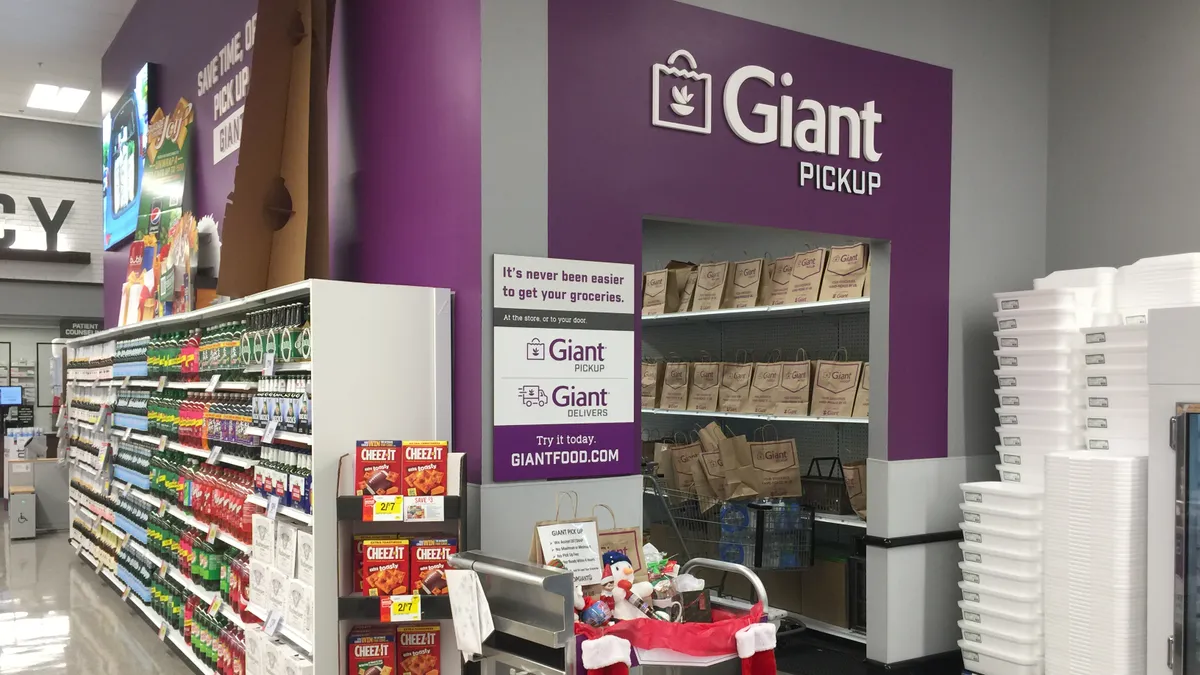Highlights
Bought by Amazon:
August 2017
Amazon’s most recent earnings:
Record profit of $2.88 billion
Outlook:
If more consumers become Prime members and Whole Foods shoppers, the organic market could continue to transform into a go-to grocer.
When Amazon bought Whole Foods a little more than a year ago, there were a lot of predictions and expectations about what the organic grocer would become under the tech giant and how it could threaten the grocery business.
After a year of evaluation, this acquisition has spurred a wave of changes big and small to both Whole Foods and the broader grocery industry. But just looking at Whole Foods, the grocery store is in a much better place than it was before the buyout. Looking back, the grocer was just barely hanging on, with sales falling each quarter while stakeholders grew increasingly frustrated with the company’s performance.
Today, the specialty grocer's reality is a bit brighter. Sales and traffic are up slightly and the store has launched numerous Prime promotions and discounts this year. The grocer has also cut ties with small suppliers to shift the focus to bigger brands and just increased minimum wage for store employees — a lot of change for just a year.
"It's been an incredible year. Our increase in sales has been far greater than I anticipated, and it's continuing," Whole Foods CEO John Mackey said earlier this year at a town-hall-style company wide meeting.
Whole Foods has worked hard to bring down prices and up its promotional game. This year Amazon Prime has offered members store discounts, delivery, online savings and a cash-back credit card.
The Prime discounts are intended to bring in new consumers that wouldn't have otherwise shopped at Whole Foods and increase Prime memberships. Yahoo finance reported that 41% of Whole Foods' new customers were Prime members compared to 34% in June of last year.
"That has served as somewhat of an incentive, but in the grocery business, percent can be very tricky so it all depends on what the price is," Victor Martino, founder of Third Wave Strategies and a grocery columnist, told Grocery Dive.
In addition to Prime discounts, Amazon has honed and expanded Whole Foods e-commerce push. The grocer now offers same-day delivery for online orders, which includes free two-hour service for Prime members. The grocer also kicked off curbside pickup this year for online grocery orders, which are only available to Prime members through its app.
"It's been an incredible year. Our increase in sales has been far greater than I anticipated, and it's continuing."

John Mackey
Whole Foods CEO
Whole Foods is trying to lead the pack when it comes to the shift to online grocery shopping. A report from Brick Meets Click found that online orders make up 5.5% of U.S. supermarket sales. While the Food Marketing Institute and Nielsen predicted that grocery e-commerce could become a $100 billion market in just four years.
The grocer's e-commerce expansion has pushed other retailers, like Kroger and Walmart, to accelerate their e-commerce investments. Martino said Whole Foods' digital evolution has advanced significantly with Prime and has pushed other grocers to keep up.
"The biggest impact is on the industry in terms of accelerating digital grocery," Martino said. "The impact that the jury is still out on is whether or not Amazon owning Whole Foods has any competitive pressure on the grocery business in terms of sales."
A spokesman from Whole Foods declined to comment for this article.
But Amazon-Whole Foods hasn't been without its trials and tribulations. The grocer cut ties with small suppliers and imposed merchandising fees that some argue has shifted the chain’s focus to bigger name brands. Experts and insiders have said that Amazon is pushing to supply Whole Foods with even more products with artificial sweeteners and mainstream foods. This shift could lower prices and bring in a different type of consumer, but may also risk the loyalty of longtime shoppers and organic lovers.
"Some of the Amazon people want to sell more conventional items like Coca-Cola, Pepsi-Cola, Tide, whereas the Whole Foods folks don't think that's a good idea for obvious reasons because they won't be Whole Foods anymore," Martino said. "Can they make up what they lose by a more mass customer base? Maybe they can... I don't know if anybody knows, but I think that's their challenge."
The changes could be positive and bring in a slew of new customers. David Diamond, president of David Diamond Associates in New York, told Grocery Dive that this transition to offer more mainstream items is "just at the beginning." He said that soon customers will probably be able to buy any of the items that Amazon sells in Whole Foods using in-store lockers.
Will the tension between organic values and mainstream promotions hurt Whole Foods over the long run? Mackey revealed during the town hall this year that conflict between him and Amazon’s executives was common. But he seemed to imply that the back-and-forth will make the grocer stronger over the long run.
"I'm sure that Amazon has probably gotten more disagreement from me than any other single person, and possibly more than everyone else combined," Mackey said. "I have the least amount to lose. I have done this for 40 years. I am financially secure. I love Whole Foods."
Read More
-
Amazon Prime members are swiftly adopting Whole Foods perks
By Alicio Kelso • July 30, 2018 -
One year later, has Amazon become the grocery disruptor everyone feared?
By Jeff Wells • June 18, 2018 -
Report: Amazon captures 30% of online grocery spending
By Jacqueline Renfrow • Oct. 3, 2018






















